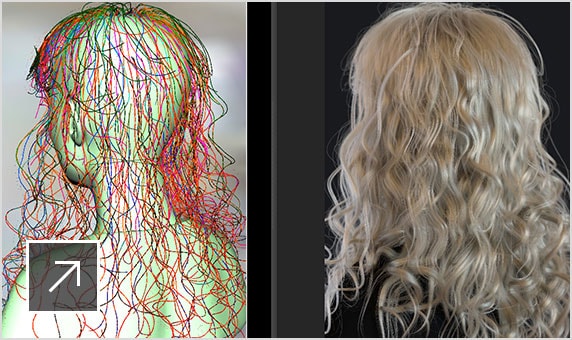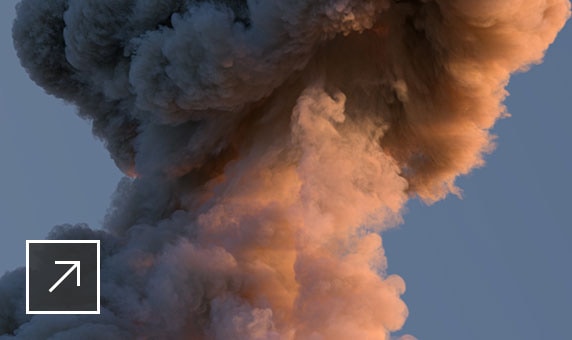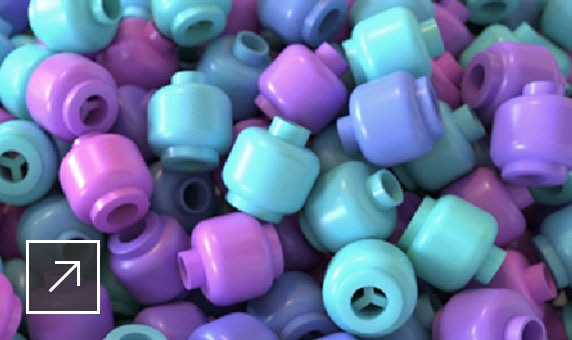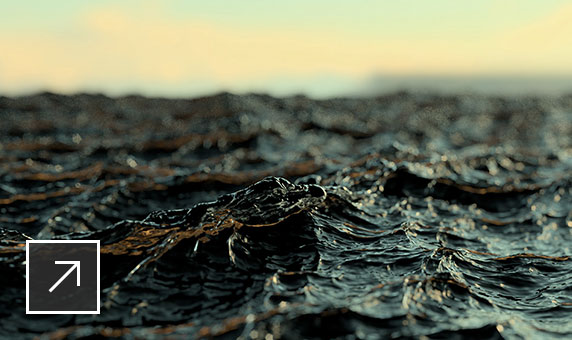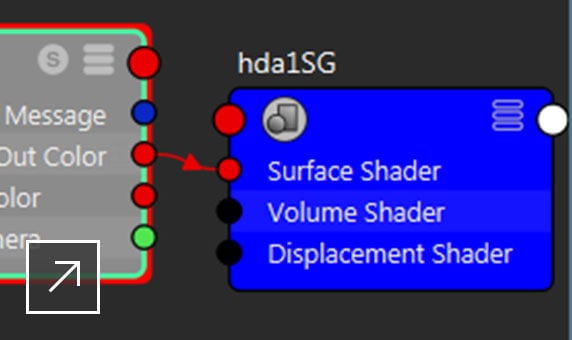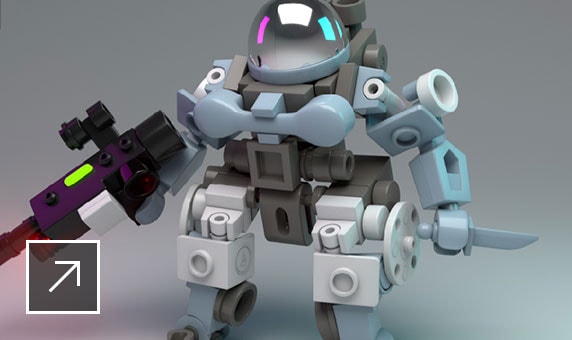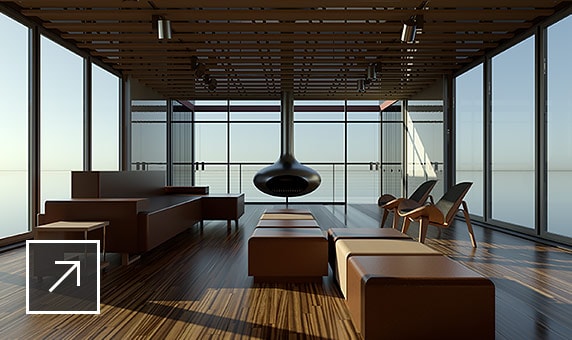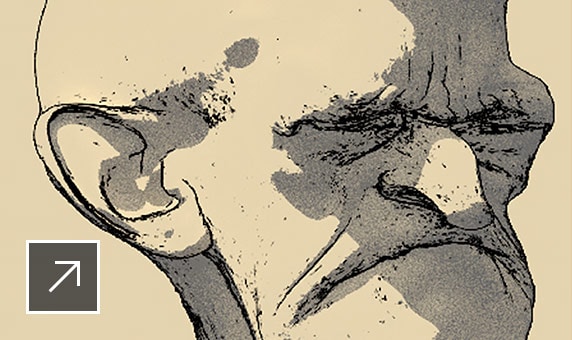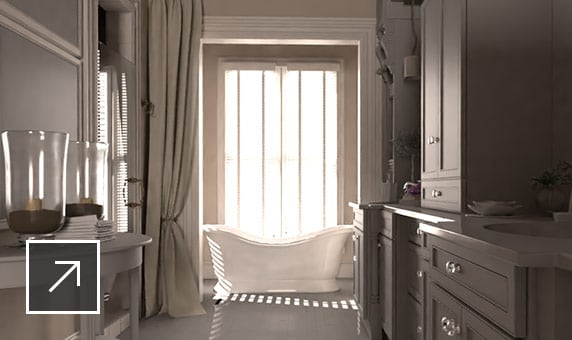Keyboard ALT + g to toggle grid overlay
Features
Memory-efficient, scalable raytracer
Arnold ray-tracing rendering software helps artists render complex scenes quickly and easily.
-
Flexible and extensible API
Integrate Arnold in external applications and create customised shaders, cameras, light filters and output drivers.
-
Stand-alone command-line renderer
Arnold has a native scene description format stored in human-readable text files. Easily edit, read and write these files via the C/Python API.
-
Standard Surface shader
This energy-saving, physically based uber shader helps produce a wide range of materials and looks.
-
Standard Hair shader
This physically based shader is built to render hair and fur, based on the d'Aeon and Zinke models for specular and diffuse shading.
-
Alembic procedural
A native Alembic procedural allows users to render Alembic files directly without any translation.
-
Profiling API and structured statistics
An extensive set of tools allow users to more easily identify performance issues and optimise rendering processes.
-
Material assignments and overrides
Operators make it possible to override any part of a scene at render time and enable support for open standard framework such as MaterialX.
-
Built-in Cryptomatte
Create ID mattes automatically with support for motion blur, transparency and depth of field.


